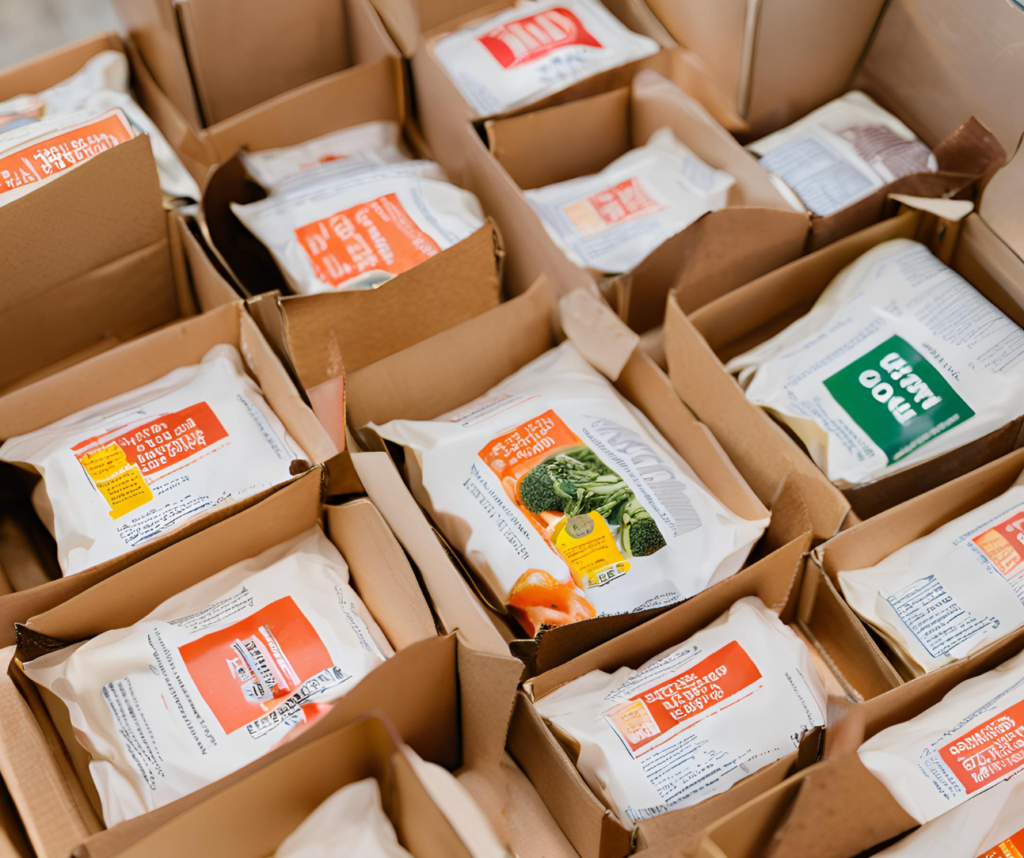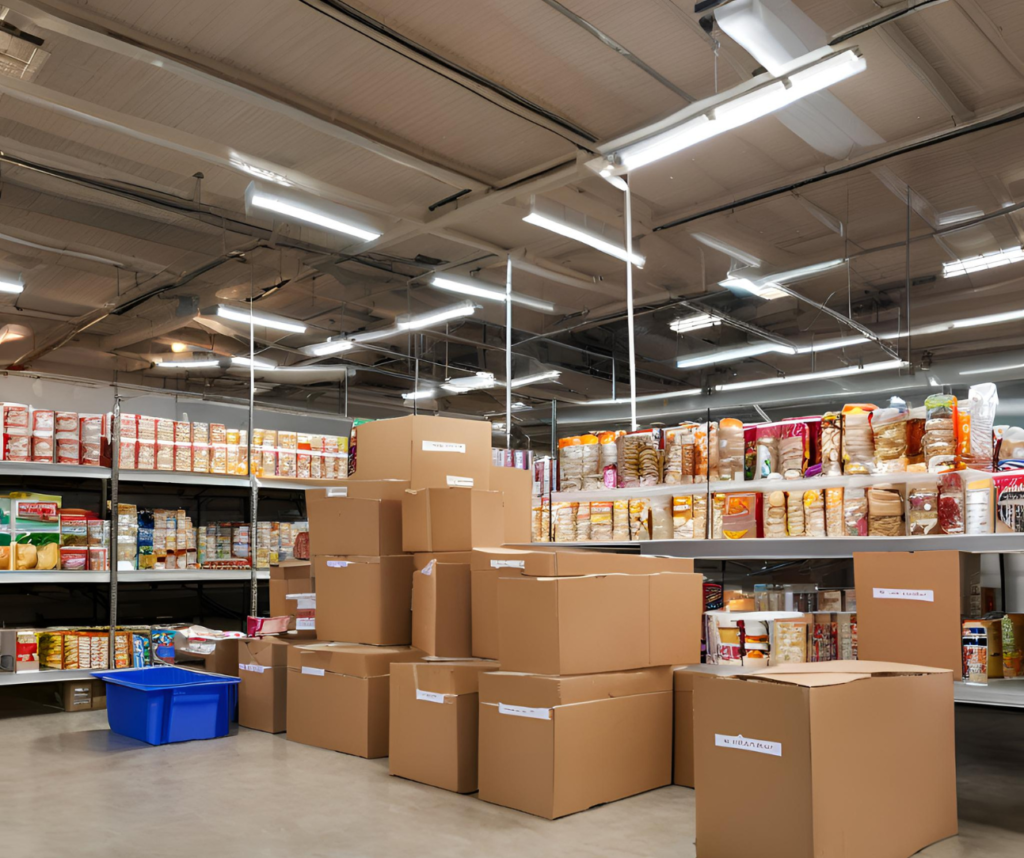
Should Canadian Municipalities Store Emergency Basic Food and Water?
In light of increasing concerns over natural disasters, extreme weather events, and other emergencies, the question of whether Canadian municipalities should store emergency basic food and water is increasingly relevant. Scaling such measures to threat metrics is a crucial consideration in ensuring community preparedness and resilience. Let’s explore the arguments for and against this approach, along with the potential benefits and challenges.
The Case for Stockpiling Emergency Food and Water

1. Preparedness for Natural Disasters
Canada experiences a range of natural disasters, including floods, wildfires, and severe winter storms. These events can disrupt supply chains and leave communities without access to essential resources. Stockpiling emergency food and water can mitigate these impacts and ensure that residents have access to necessities during crises.
2. Enhancing Resilience Against Supply Chain Disruptions
In an increasingly interconnected world, global supply chains are vulnerable to disruptions. Emergencies such as pandemics or international conflicts can affect the availability of food and water. By maintaining reserves, municipalities can reduce dependency on external supplies and improve their ability to respond to unexpected shortages.
3. Addressing Vulnerabilities in Low-Income Communities

Adult Stock photos by Vecteezy
Low-income communities are often disproportionately affected by emergencies due to limited resources. Ensuring that municipalities have adequate supplies of food and water can provide a safety net for these vulnerable populations, helping to prevent severe hardship during emergencies.
Scaling to Threat Metrics: A Strategic Approach
1. Assessing Local Risks and Threats
To effectively scale emergency stockpiling, municipalities should assess their unique risks and threats. This includes evaluating the likelihood and potential impact of various emergencies, such as natural disasters, pandemics, or industrial accidents. By tailoring their stockpiling efforts to these specific threats, municipalities can ensure that resources are allocated efficiently and effectively.
2. Establishing Minimum and Maximum Stock Levels
Scaling stockpiling to threat metrics involves setting minimum and maximum stock levels based on the severity of potential threats. For example, areas prone to frequent flooding might require higher quantities of emergency supplies compared to regions with lower risk levels. This approach helps balance resource allocation with the actual needs of the community.
3. Implementing Regular Reviews and Updates
Threat levels and community needs can change over time, so it is important for municipalities to regularly review and update their stockpiling strategies. This includes monitoring changes in risk factors, population growth, and advances in emergency management practices.
Challenges and Considerations
1. Financial Costs
Stockpiling emergency food and water requires significant financial investment. Municipalities must weigh the costs of purchasing, storing, and maintaining supplies against the potential benefits. Budget constraints may necessitate prioritizing other areas of public service.
2. Storage and Maintenance

Proper storage and maintenance of emergency supplies are critical to ensure their effectiveness when needed. This includes managing expiration dates, maintaining appropriate storage conditions, and regularly rotating supplies. Municipalities must have the infrastructure and protocols in place to manage these tasks effectively.
3. Coordination with Other Emergency Services
Effective emergency response involves coordination between various services and agencies. Stockpiling efforts should be integrated with broader emergency management plans, including partnerships with provincial and federal agencies, to ensure a comprehensive and coordinated approach.
Conclusion
Stockpiling emergency basic food and water at the municipal level can enhance preparedness and resilience against a range of threats. By scaling stockpiling efforts to specific threat metrics, municipalities can optimize resource allocation and better support their communities during emergencies. While there are challenges and costs associated with this approach, the benefits of ensuring access to essential supplies during crises make it a worthy consideration for Canadian municipalities. Balancing these factors with careful planning and coordination can help create a safer and more resilient environment for all residents.
What Are Your Thoughts?

